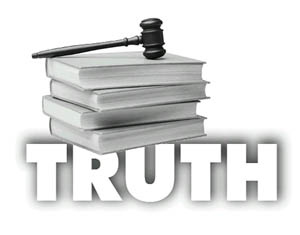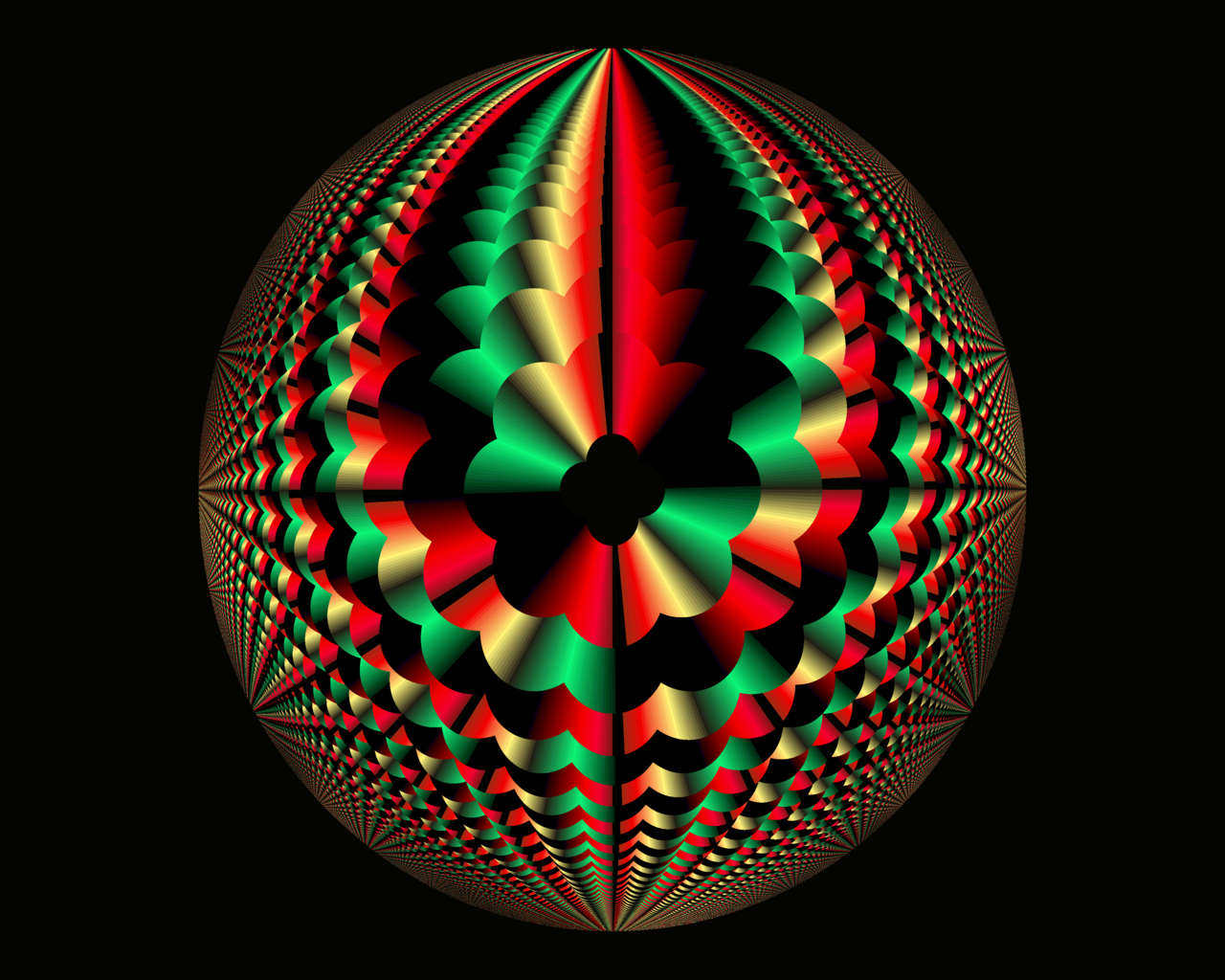 The 1,500km Stuart Highway between Alice Springs and Darwin is named for the Scottish explorer John McDouall Stuart who led the first successful expedition to cross Australia from south to north. Also named for him is Central Mount Stuart, close to being most central point in Australia.
The 1,500km Stuart Highway between Alice Springs and Darwin is named for the Scottish explorer John McDouall Stuart who led the first successful expedition to cross Australia from south to north. Also named for him is Central Mount Stuart, close to being most central point in Australia.Bradley John Murdoch was convicted of the murder of Peter Falconio near this remote spot on Bastille Day, 2001. Murdoch is now serving 28 years in prison for Falconio's death. Peter Falconio was a British backpacker who went missing, presumed dead on a lonely road in the Northern Territory, Australia. On his last day, he was travelling north with his girlfriend Joanne Lees. They were in a VW combie van heading towards the Devils Marbles and Tennant Creek.
Near a supply stop called Barrow Creek, the pair was halted by a man waving a flag by the side of the road. They stopped the car and talked to him. The man said there was something wrong with their exhaust. Falconio got out of the van to investigate with the man. When Falconio and the man went to the back of the van, Lees heard a shot. Falconio was dead. The man then grabbed Lees, tied her wrists together and put a sack over her head. He dragged her to his car and threw her in. She escaped out the back of the car and fled into the darkness of the bushes. The man searched for her with the help of a cattle dog. She eventually made it to the dwellings at Barrow Creek where she raised the alarm.
When the police arrived at the scene, they could find no trace of Falconio’s body. Once the news leaked to the public, the media coverage was instant and massive. Here was a photogenic British tourist who had suffered a great loss and survived a great ordeal. It was also a mystery tale.
 It was to be another two years before the police charged a man for Falconio’s murder. His name was Bradley John Murdoch, from Western Australia and he was already in police custody on a rape charge. Lees recognised his photograph. Then the police found a DNA match. Murdoch was immediately charged with murder. He was extradited to the Northern Territories after being acquitted of the rape charge.
It was to be another two years before the police charged a man for Falconio’s murder. His name was Bradley John Murdoch, from Western Australia and he was already in police custody on a rape charge. Lees recognised his photograph. Then the police found a DNA match. Murdoch was immediately charged with murder. He was extradited to the Northern Territories after being acquitted of the rape charge.The road to a jury took another two years. In October 2005, Murdoch went on trial. The prosecutor Rex Wild said Lees positively identified Murdoch one day before the start of the trial but it was only as a result of seeing his face on a BBC website which was outside Australian jurisdiction. Wild went on to recount what happened that night four years earlier. He said Murdoch was a marijuana supplier who was on a cross-country drug run. The police found blood at the scene that was confirmed as Falconio’s. The found one witness, a woman, who testified to the existence of the second car at Barrow Creek. There was no evidence of bullets found at the scene of the crime either inside or outside the van. They argued the evidence of the shot Lees heard may have been wiped away accidentally by police when dusting for fingerprints. There was no gun either. Police spent a week hoovering a 300,000 square metre area with metal detectors but never found a murder weapon.
They brought in a character witness James Hepi. Hepi was a business partner of Murdoch. He testified he and Murdoch moved marijuana around the country. He told how Murdoch regularly carried a gun. The judge didn’t like Hepi and ordered the jury to disregard his “unreliable testimony”. They brought in one of Murdoch’s former girlfriends. She told the court he had to get rid of someone on a drug trip. She also said Murdoch matched the description of the man described by Lees. But the judge liked her testimony as little as he liked Hepi’s and told the jury to ignore it.
They then brought in a forensic anatomist. He testified Murdoch was the man on CCTV footage at a truck stop 200km south in Alice Springs in the early hours of the morning after the murder. Some of Murdoch’s friends also said it could be him leaving the truck stop. Despite defence saying it could have been anyone, Judge Ross Martin, NT chief justice made another character judgement and ordered the jury to accept that the footage was Murdoch. Although Martin was establishing Murdoch’s whereabouts in Alice, he was not saying that made him guilty. The footage showed the man leaving the store barely minutes before police walked in.
The prosecution introduced testimony by Murdoch. After the murder was shown on the news, he boasted to friends how easy it would have been to attack Lees and kill her making hand ties from cable wires. The statement was not denied by the defence but they said it was merely a hypothetical. A Barrow Creek petrol attendant told of a man who bought petrol that night. The man was tall and slim and had a moustache. He drove a white four-wheel drive and he bought ice, milk and water to go with the fuel.
Rex Wild QC told the court where Murdoch was going with the ice, milk and water that night. He travelled north on the Stuart Highway. He murdered Falconio, and looked in vain for Lees. He did an about turn and went back to Alice. He then set out north again, this time veering off on the Tanami Track for the long journey to Broome in Western Australia. As it was the dry season, experts testified he could make the journey in 16 hours. Murdoch, helped by amphetamines, made it Fitzroy Crossing in 20. Wild said Murdoch had made substantial changes to his car in the weeks after the incident.
The defence case brought Lees to stand. She admitted she had cable ties in the back of the car. She denied she used the cables to bind herself. She admitted both Falconio and her were heavy marijuana smokers and occasionally used ecstasy. Their last joint was barely twenty minutes prior to the incident. Murdoch wasn’t the only one on camera in Alice’s restaurant on the night of the attack. Lees and Falconio were there too. Lees and Murdoch may have bumped into each other and swapped DNA. There were doubts about the time of events described by Lees. She would have had to drive at 176kph from Alice for the time of the accident to be corrected. The Stuart Highway has unlimited speed but not in an 80kph maximum VW combie van. The defence also cast doubts on Lees' fidelity to Falconio. Lees admitted to the existence of “Nick”, another lover in Sydney.
They cast doubt on the hand ties, too. Murdoch was shown the ties in prison in South Australia where he may have contaminated them before they were examined for DNA. As a result, the hand ties could not be used in evidence. Lees said the attacker had a cattle dog but Murdoch’s dog is a dalmation cross. Wild had argued either she had gotten mixed up or more bizarrely Murdoch had borrowed someone else’s dog. Murdoch didn’t match the initial description Lees had given to the police after the crime. Lees’ doctor couldn’t find any evidence to match the head wound she claims she got in the scuffle.
The defence talked about Peter Falconio. Although here on a working visa, he was taxed at the more favourable rate of an Australian resident. Should he ever get around to his legal duty and present a tax return he would owe the local tax office somewhere between three to five grand in Aussie dollars. An anonymous phone caller to police said Falconio made enquiries in England on the day of his death. He was looking for advice on how to avoid paying the bill and also looked at how he might fake his own death. Police dismissed the evidence as inconclusive. The DNA laboratories weren’t accredited and the sketch artist was inexperienced. Most crucially, there was no body. The blood at the scene is the only trace left of Peter Falconio.
Bradley John Murdoch took the stand. He said he was set up by James Hepi, his former business partner who planted DNA evidence, possibly from cigarette butts to frame him. Murdoch claimed he would have been 600kms away in the tiny settlement of Yuendumu at the time of the murder. Four people testified Murdoch refuelled when he got to Fitzroy Crossing in Western Australia twenty hours after the incident. It meant he would have had to travel 1,700kms in 20 hours non-stop on rough corrugated dirt roads. Throw the earlier Alice Springs picture in and it becomes 2,000kms in 17 hours.
He explained why he refitted his car shortly after the murder. He was an ex-mechanic and it was his hobby to rebuild cars. His addiction to amphetamines cost him his two front teeth. This is now his most distinguishing feature but Lees didn’t notice. Ten people approached police to say they saw Falconio alive after the incident. They concluded by arguing Falconio faked his death and he and Lees met a third person unknown who took Falconio alive from the mostly bloodless scene. There was no murder. Hepi had the motive of easier sentencing in order to dob Murdoch in.
 The prosecution then made its conclusion. Murdoch believed Falconio and Less were following him because he feared they might tell the police about his drug operation. He stopped them and killed Falconio but Lees escaped. He searched for five hours but gave up. He buried Falconio in an unknown grave and drove back to Alice prior to driving to Broome.
The prosecution then made its conclusion. Murdoch believed Falconio and Less were following him because he feared they might tell the police about his drug operation. He stopped them and killed Falconio but Lees escaped. He searched for five hours but gave up. He buried Falconio in an unknown grave and drove back to Alice prior to driving to Broome. On December 13, 2005, the jury took 8 hours to convict Murdoch of Falconio’s murder. Judge Martin sentenced him to life imprisonment with a minimum non-parole period of 28 years. The appeal of Bradley John Murdoch v R is set down for hearing before the NT Court of Criminal Appeal on 12 December 2006, for 3 days.






























